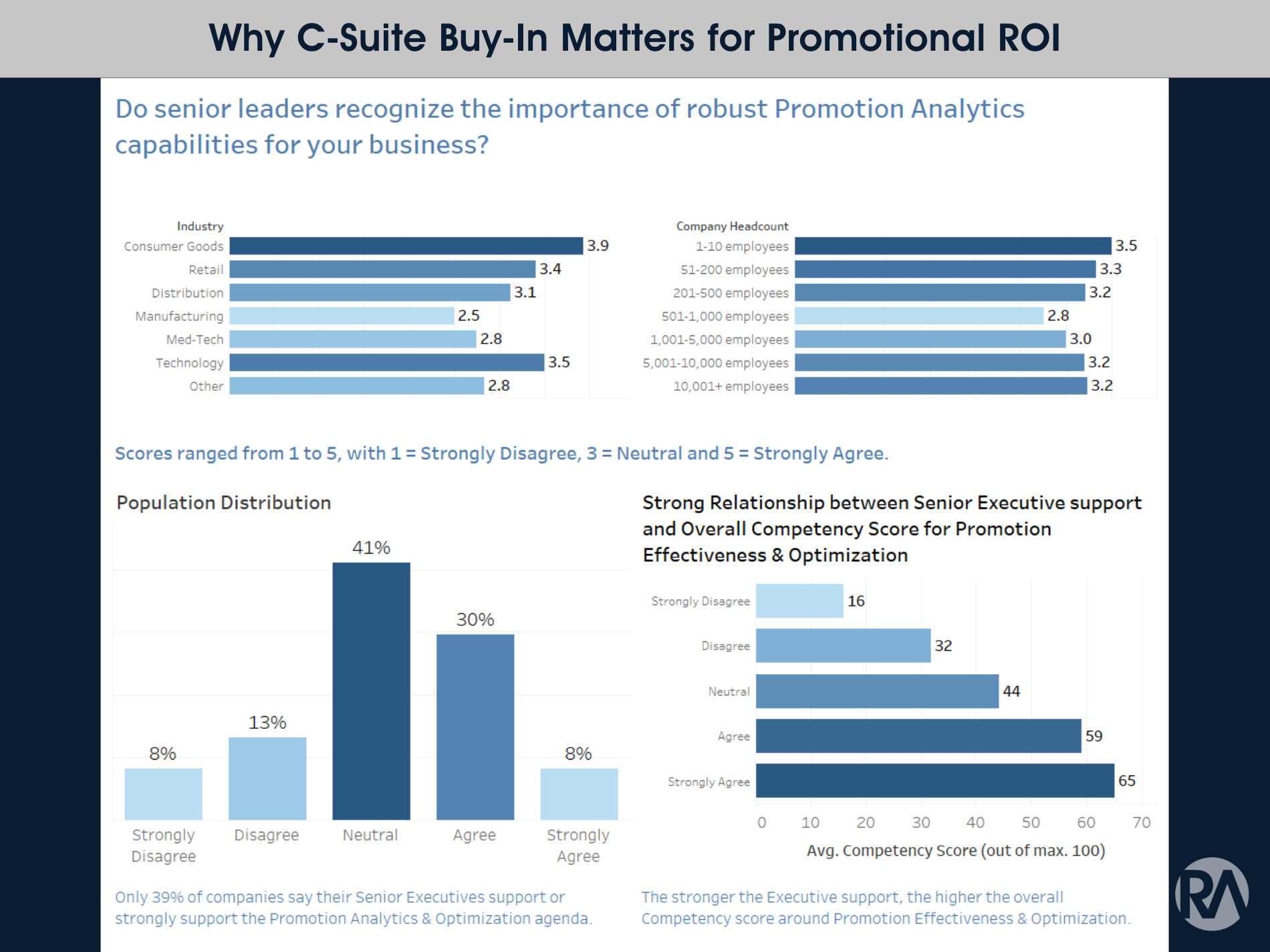
Revology Analytics Insider
Browse Contents Based on Category or Topic
Filter by Category
Filter by Topic/Tag
- AI
- AI Pricing
- AI in Business Analytics
- AI/ML
- AI/ML Distribution
- Analysis with Python
- Analysis with R
- Analysis with Tableau
- Analytics Leadership
- Attribution Modeling
- B2B Pricing
- Bayesian Modeling
- Budget Optimization
- Business Growth through Pricing
- CPG
- CRM Data Analysis
- Commercial Analytics Transformation
- Competitive Analysis
- Competitive Pricing
- Consumer Durables
- Consumer Products
- Cross-Sell Optimization
- Customer Analytics
- Customer Churn Modeling
- Customer Retention
- Customer Segmentation
- Data Monetization
- Data Visualization
- Data Warehouse
- Data-Driven Decision Making
- Data-driven Pricing
- Discount Management
- Distribution
- Distributor Data
- Durable Goods
- Dynamic Pricing
- Elasticity-Based Pricing Strategies
- Forecasting
- Growth Drivers Analysis
- HiPPO effect
- In-sourced Pricing
- Industrial Manufacturing
- Industry Margin Pools
- Inventory
- Inventory Waste
- Knowledge Graphs
- Machine Learning
- Manufacturing
- Margin Analytics
- Margin Erosion Prevention
Subscribe to Revology Analytics Insider
Want to stay abreast of the latest Revenue Growth Analytics thought leadership by Revology?
Taking Charge of Your Revenue Growth Analytics
Revology Analytics had the opportunity to join 25 leading Revenue Growth Management executives in CPG and Manufacturing in St. Louis earlier this week. We discussed the state of Revenue Growth Analytics in the CPG industry and the significant opportunity to in-source and own many of the advanced analytics capabilities foundational to a successful RGM and Pricing strategy.
In many ways, the state of Revenue Growth Management and its associated analytics capabilities have not changed meaningfully in the last ten years for Consumer Goods companies. There's still a heavy reliance on data and information providers like Nielsen and IRI to carry out foundational Pricing & Promotional Analytics efforts, including Price Elasticity and Marketing Mix Modeling, or a heavy reliance on 3rd party software for price analytics, scenario analyses, and optimization efforts.
However, the world is changing....fast.
Promotion Analytics: Why 50% of companies are falling behind and how to catch up.
Two decades later, Promotion Effectiveness & Optimization is still a substantial business problem for companies; at least 50% struggle in this arena.
When we asked ~ 150 commercial leaders about their organization's Promotion Effectiveness & Optimization capabilities, the Consumer Goods industry emerged with a high score of 3.3 (a little better than Average). This is unsurprising since this is one industry where Promotional spending is routinely 15-30% of Gross Revenues and where the Trade Promotion Management, Effectiveness & Optimization (TPX) software industry grew the fastest.
RFM Analysis as an Important Revenue Growth Analytics Capability - Part 2
RFM Analysis is a powerful tool for businesses seeking insights into customer behavior and segmenting them based on purchasing habits. By calculating RFM scores and creating segments, companies can identify valuable customer groups and target them with personalized sales and marketing campaigns. RFM Analysis is not limited to the retail industry or the marketing domain. It can be applied to most industries and functional domains that touch the customer, including pricing, supply chain, A/R, product management, and customer service. Additionally, RFM Analysis can benefit nonprofit organizations by understanding donor behavior to optimize fundraising initiatives.
In part 2 of our RFM Analysis article, we'll dive deeper into how we can calculate RFM scores, visualize customer performance by RFM segment and discuss sales and marketing implications.
Beyond the Hype: Practical Revenue Growth Analytics Use Cases that Drive Impact
AI/ML is not the ultimate solution for every data-related problem. We must first set up foundational descriptive and diagnostic analytics capabilities and more straightforward ML approaches before applying more advanced techniques. It's essential to understand the business problems and work closely with functional partners to solve them in a way that aligns well with the company's analytical readiness and operating rhythm.
The examples of Revenue Growth Analytics use cases mentioned, such as Promotional Analytics, Everyday Price Optimization, Dynamic, Automated Clearance Pricing, Bulk Purchase Optimization, Customer Segmentation & Predictive Insights, and Customer Churn & Cross-Sell Modeling, are practical and impactful capabilities that can drive measurable sales and gross profit improvements. They can be implemented using simple math and essential ML and with popular tech stacks with which pricing, supply chain, and sales partners are familiar.
Overall, the focus should be on pragmatic and co-created approaches with business stakeholders that are most likely to get adoption and impact rather than on celebrating complexity for its own sake.
RFM Analysis as an Important Revenue Growth Analytics Capability - Part 1
Revenue Growth Analytics (RGA) is a foundational enabler for organizations looking to transform their Revenue Growth Management strategies. RGA goes beyond traditional pricing techniques and provides insights into areas such as customer mix management, customer retention and cross-sell opportunities, and customer lifetime value. One of the key techniques used in RGA is RFM (Recency-Frequency-Monetary) Analysis.
RFM Analysis is a simple yet effective method of analyzing customer transactional data to drive better customer insights and improve customer retention, profits, and customer satisfaction.
If you need to use Machine Learning, keep it simple!
It often amuses me that in the era of ChatGPT (and despite the countless books I have in my library on AI/ML), I've never used any Deep Learning model for any of my client engagements or prior advanced analytics leadership roles.
For 99.95% of data problems in traditional (non-tech) companies, Deep Learning (and any of its derivations like LSTMs, GANs, CNNs, etc.) are overkill at best and a complete waste of time (or not applicable) at worst.
The Business Analyst of Tomorrow
Data science is an ever-evolving field, and its roles are also changing. As businesses increasingly rely on data to inform their decisions, there is a growing need for people with both the technical skills and domain/industry expertise to drive measurable value.
How US Mobility has Eroded and Accelerated Retail Sales from 2020-22
The Apple Mobility index, published from January 13, 2020 to April 13, 2022, tracked the relative volume of map direction requests for various cities, regions and countries as people were driving, walking or taking public transportation to places.
As the US went into a lockdown in early 2020, key retail segments suffered tremendously, but with many recovering and accelerating their performance thanks to stimulus checks and the pent-up need for consumers to be out & about again.
An executive’s advice for data scientists (and leadership) – Part II.
In a previous article, I wrote about the three main structural challenges that data scientists and their organizations face when maximizing their career satisfaction and business impact (data ROI).
This edition of Revology Analytics Insider will dive deeper into the first impediment ("mismatch between data scientist aspirations and corporate reality"). We'll decompose why it exists and make concrete recommendations to the data science community and company leaders on how to best address it.
An executive’s career advice for data scientists - Part I.
Data science, AI and ML have been overhyped for at least the last decade, resulting in often unrealistic and misaligned expectations between data scientists and employers. Over the next couple of weeks, I shed light on the three major challenges data scientists typically encounter in their companies and provide concrete suggestions on how to tackle them for both personal and organizational success. Would love to hear from you about your experiences!
Monetize your Data with Operational Optimization
Last week I wrote about the key tenets for building analytics teams for real, measurable impact in your organization. This week, I’ll focus on one of the four fundamental #datamonetization strategies that companies should employ: capitalizing on their data assets to deploy #operational improvement initiatives that drive cost savings, revenue increases or both. Operational #optimization initiatives are usually a good place for companies to start their #analytics journey, assuming some foundational data capabilities are already in place: reliable internal data, decent #datagovernance and tech stack, a good understanding of customer behavioral profiles and foundational #datascience capabilities.
Read about key analytics use cases across three industries that optimize operational processes to drive real performance. If you have your own analytics use case stories from the trenches (successes or lessons learned), or just want to chat analytics, machine learning or revenue management, drop me a note.
Building analytics teams for real impact
Most analytics transformation efforts do not deliver a positive ROI for the enterprise even after several years. CEOs and their boards know they need to execute an AI-led differentiation strategy to either future-proof themselves, address an existential risk in the marketplace, or simply to make some operational improvements to their business. Yet, according to most estimates, 75-90% of digital transformations fail and less than 1 in 5 companies have fully extracted value out of their analytics journey. Most organizations fail on the last-mile delivery – in other words, front-line employees and decision-makers are not using the analytics tools and processes as intended, or not using at all.
Over the last decade of leading analytics teams, I have succeeded and failed many times. Below are five lessons learned from these experiences. I hope it can serve as a helpful 10K foot roadmap for nascent or aspiring analytics leaders or seasoned business executives who want to build a sustainable practice that adds real, quantifiable value for their company and its customers.

























